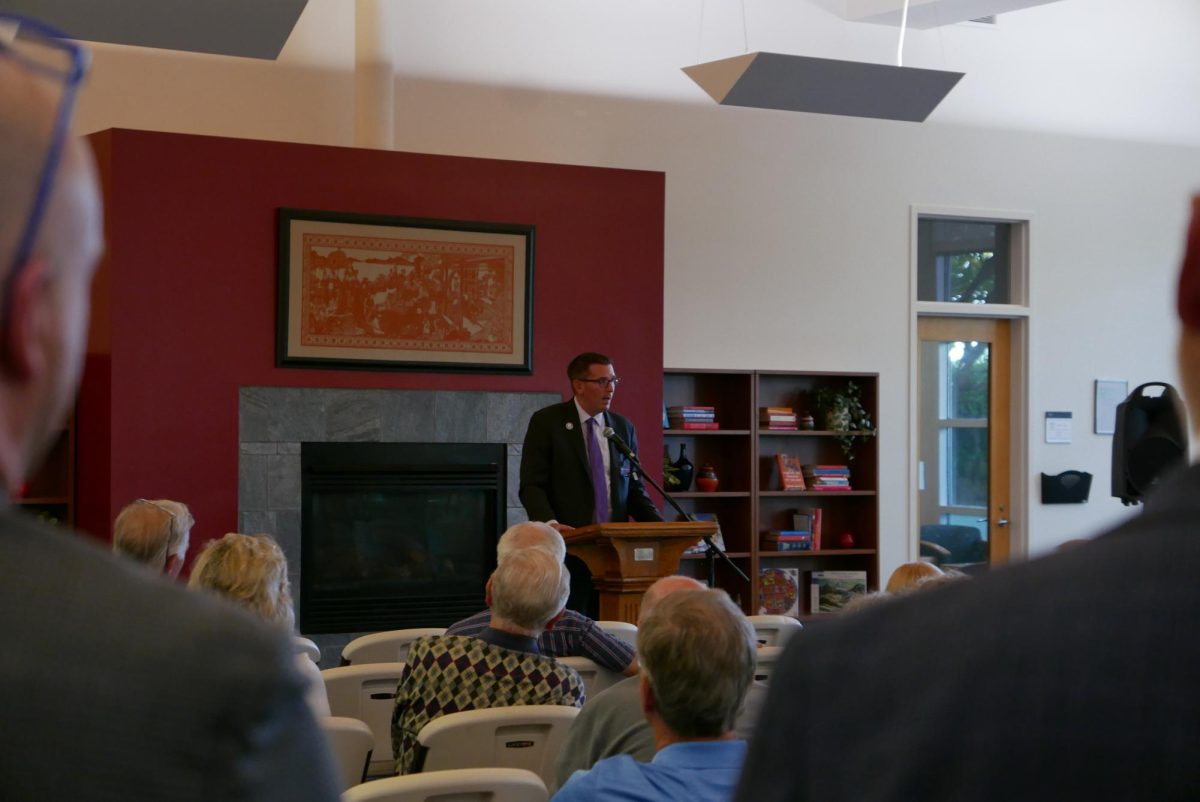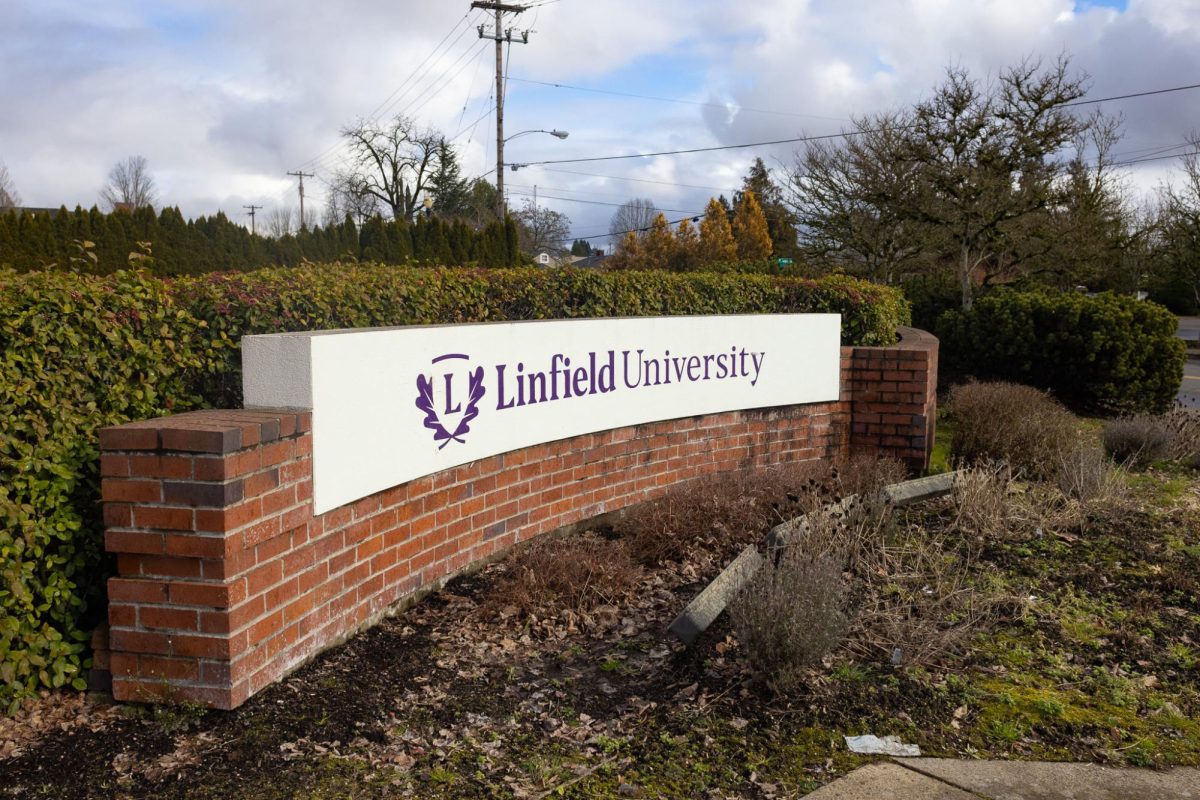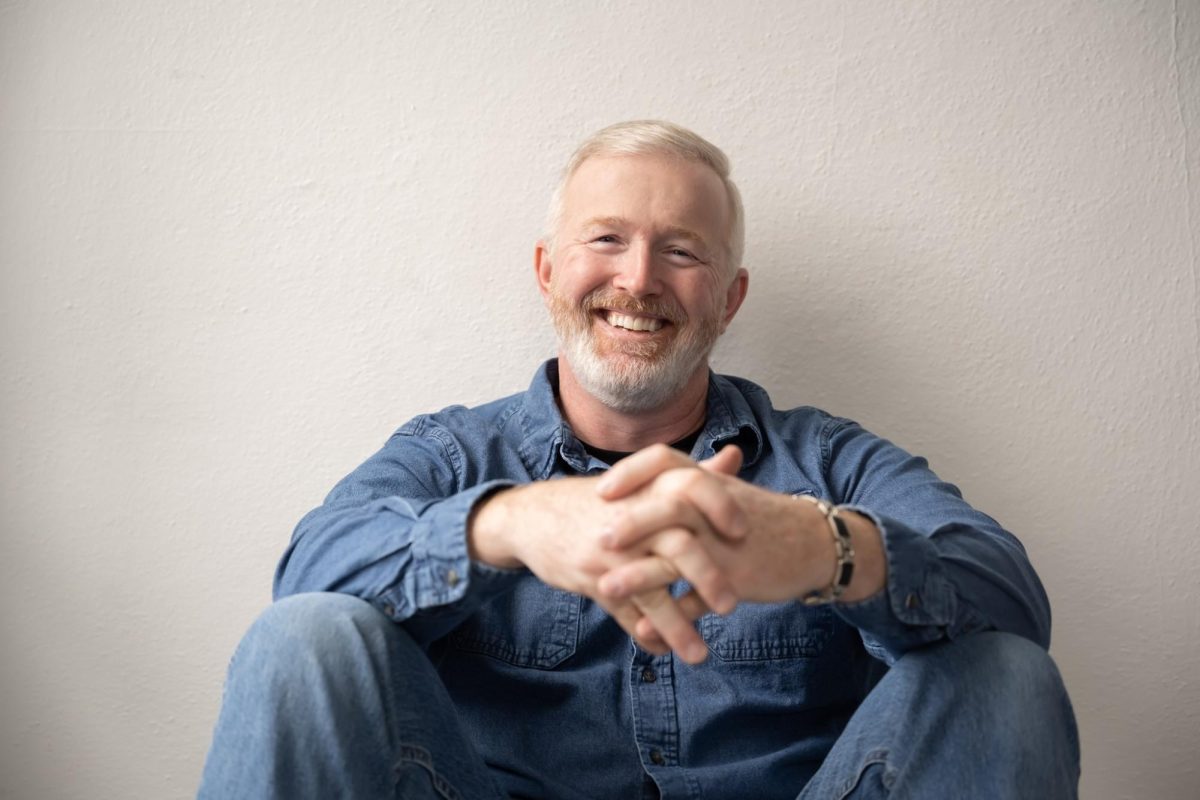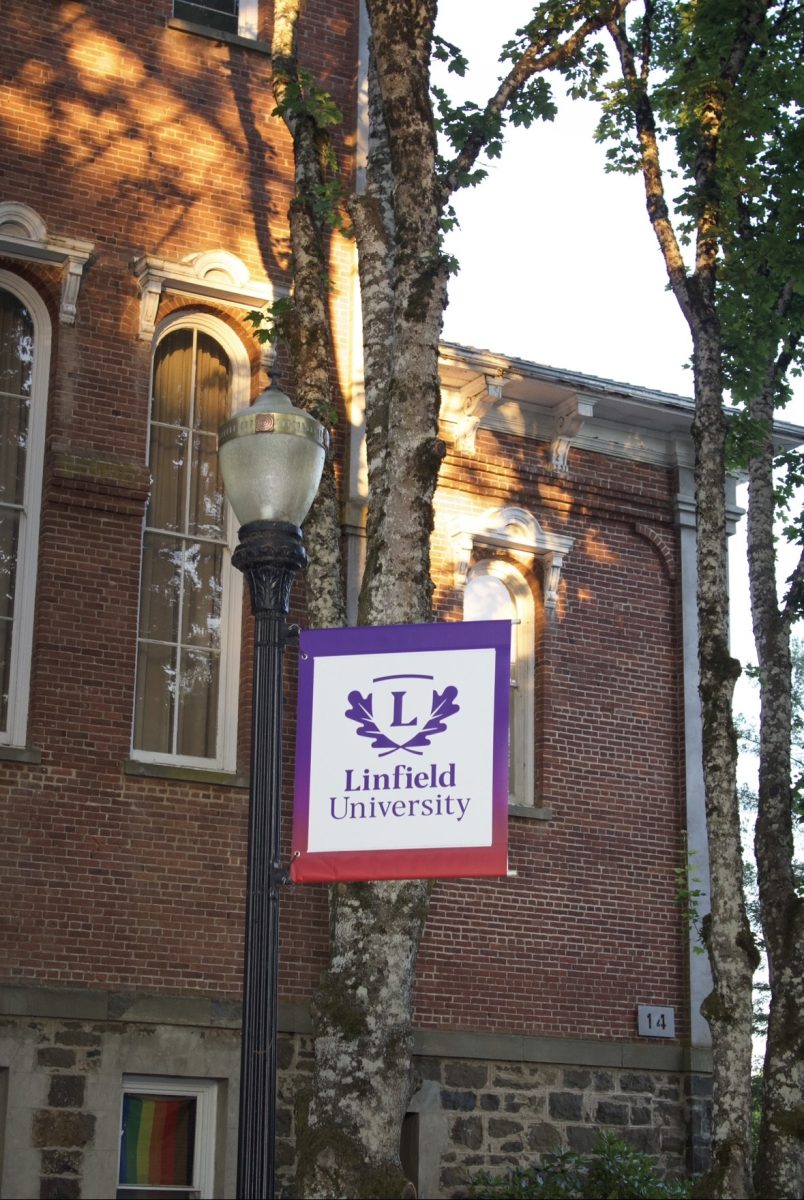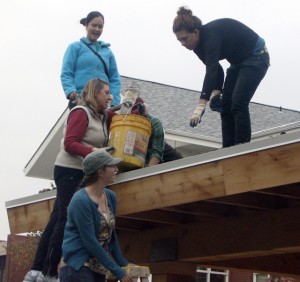
Alternative Spring Break program participants proposed the idea before last Spring Break, but city permits did not go through for the project until April 2010. An eco-roof is covered in vegetation and is also known as a living roof.
“[The project’s] purpose is to educate students on issues and topics and provide new knowledge to hands-on service projects,” Community Service Coordinator Jessica Wade said.
Members of last year’s Alternative Spring Break group, faculty and several alumni met Nov. 5 and discussed the advantages of an eco-roof. Wade described it as a “comprehensive presentation.”
Dan Manning of Ecoroofs Everywhere and Rachel Burand, class of ’10, explained the benefits of eco-roofs at the meeting.
According to Ecoroof Everywhere’s website, the company “works with architects, landscape architects, engineers and contractors to design and build innovative storm water solutions.”
Burand’s senior thesis centered on green roofs in small communities.
“I was surprised at how quickly we were able to install the roof,” Wade said.
Senior David Kellner-Rode, sustainability intern and participant in the Alternative Spring Break program, said it took the group less than two hours to complete the roof on Nov. 5.
“I’ve put in 10 hours total working on the roof. Facilities [Services] reallyhelped us out with manpower and tools,” Kellner-Rode said.
Wade said she was excited about the finished product.
“My favorite part about the project was seeing all the volunteers smiling at the end of the day as they looked at what they achieved,” Wade said. “It was a long time in the making.”
Wade also stressed Facilities Service’s role in the process.
“Facilities Services was very supportive. Without their assistance the whole project wouldn’t be finished,” Wade said.
She also said the purpose of the project was to increase the “sought after” covered bike parking.
Wade and Kellner-Rode said the roof will be aesthetically pleasing as it grows, fills in and changes throughout the seasons. They will also put up educational signs explaining the advantages of an eco-roof.
“It was a great opportunity to bring together Linfield alumni, local community-based organizations, faculty, students as well as Facilities Services,” she said.
Kellner-Rode explained that water runs off of normal roofs into sewage systems, causing sewage overflows. Green roofs minimize storm runoff.
Eco-roofs also provide a habitat for birds, squirrels and various small animals.
“The roof is an educational outlet for the college. It is a physical representation of our commitment to the environment,” Wade said.
The Corporation for National Community Service funds Learn and Serve America, the program that funded the eco-roof. They have a relationship with the Oregon Campus Compact. Wade said the Oregon Campus Compact is “dedicated to strengthening civic servicesof higher education.”
There are 15 colleges in Oregon, Washington and Idaho that are a part of the Northwest Sustainability Initiative. Linfield is one of four in Oregon.
Kellner-Rode said the green roof will show prospective students that Linfield is an environmentally-friendly campus. He said he hopes it will attract the type of students who want to continue making changes here.
“Linfield has a lot of potential to be a green campus. The structure is a symbol of what we can become,” Kellner-Rode said.
Hillary Krippaehne/Copy editor
Hillary Krippaehne can be reached at [email protected].

